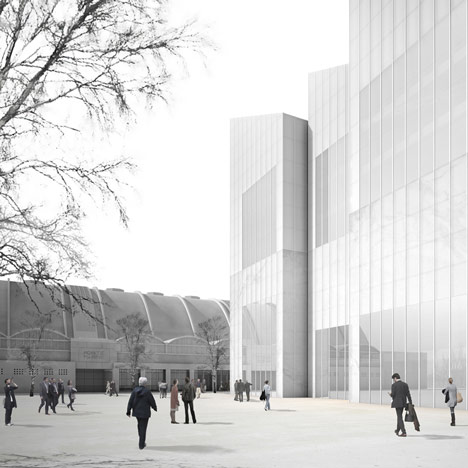
Musée des Beaux-arts in Reims by David Chipperfield Architects
David Chipperfield Architects have won a competition to design a museum of fine arts in the city of Reims, France with proposals for a building clad in translucent white marble and glass.
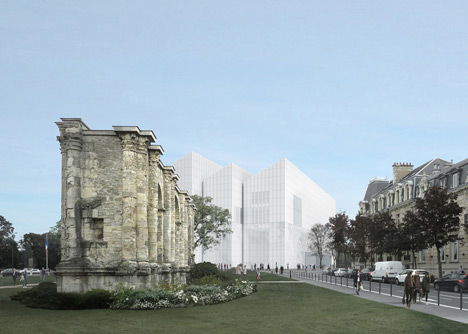
Comprising three staggered volumes, the new Musée des Beaux-arts will also feature a roof with asymmetric gables.
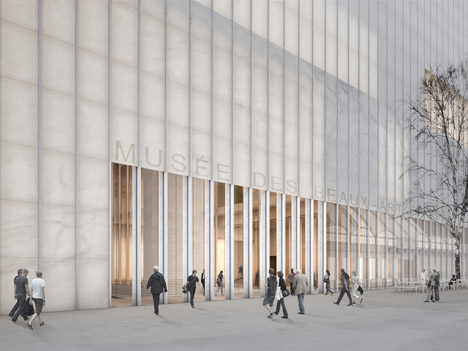
A medieval excavation site will occupy a 12-metre-high hall at the entrance to the building, while naturally lit exhibition galleries will be spread out across three floors.
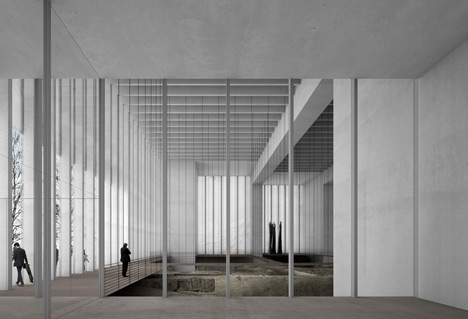
Construction is scheduled to begin in 2015.
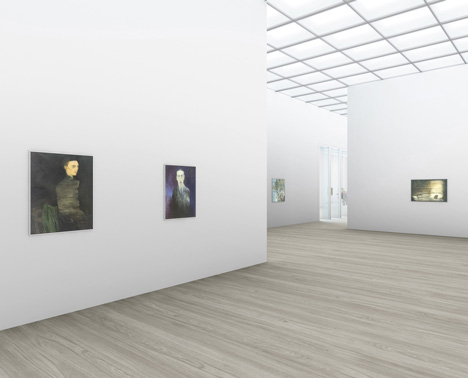
David Chipperfield has earned a reputation as a specialist when it comes to designing museums and galleries. Others we've featured include the Museum Folkwang, the Museum of Modern Literature, the Neues Museum and the Hepworth Wakefield.
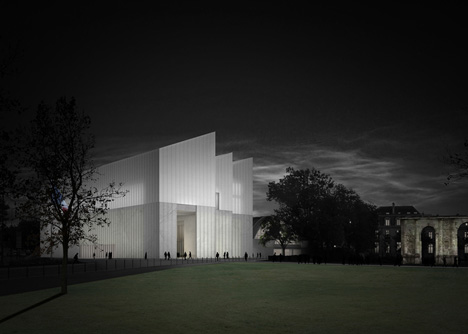
We also recently filmed an interview with Chipperfield to discuss this year's Venice Architecture Biennale, which he is directing.
See all our stories about David Chipperfield Architects »
Here's a little more information from David Chipperfield Architects:
David Chipperfield Architects wins competition for Musée des Beaux-arts in Reims
David Chipperfield Architects has won the competition to design the new Musée des Beaux-arts in Reims, France. The announcement was made by the Mayor of Reims on 14 May 2012.
The site for the museum of art is between Reims' old and new town. The design envisages a building with three volumes and a façade composed of translucent marble and glass ceramic panels. The exhibition galleries on three floors display works of art from the 15th to the 21st century, which are predominantly naturally lit. A twelve metre high hall spans an excavation site with mediaeval findings. The hall provides a publicly accessible transition space between inside and outside.
Construction is due to start in 2015.